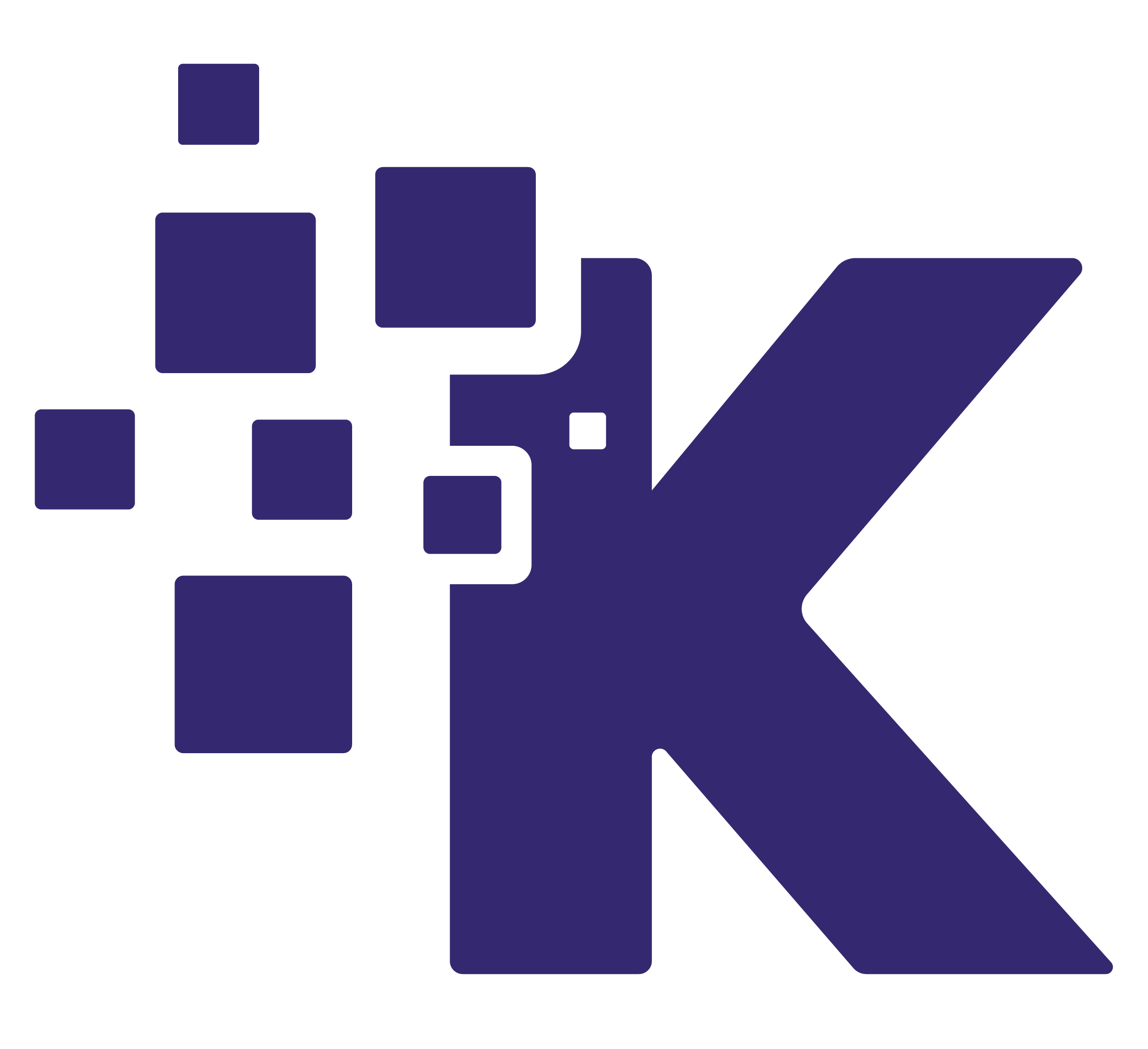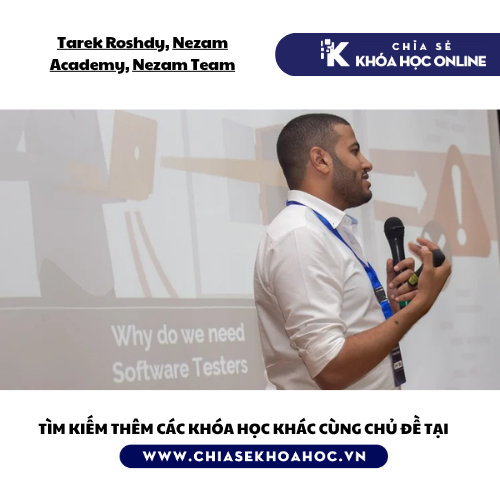Giới Thiệu Khóa Học
Link tìm hiểu khóa học: https://www.testing.vn/noi-dung-khoa-hoc-istqb-ctfl/
- Từ Tháng 09.2023, khoá ISTQB CTFL tại Testing VN sẽ được học theo nội dung đề cương ISTQB V4.0 mới nhất. Lớp này tập trung vào kiến thức nền tảng và nâng cao về kiểm thử phần mềm dựa trên đề cương (syllabus) ISTQB chứ không tập trung luyện thi ISTQB
🎉🎉🎉 Kiến thức bổ sung:
✅ Chia sẻ kinh nghiệm thực tế trong công việc
✅ Phân biệt Performance testing, Load testing và Stress testing
✅ Kinh nghiệm thiết kế và viết test case, cách kết hợp các điều kiện
✅ Kinh nghiệm kiểm thử hệ thống phức tạp
✅ Kinh nghiệm ước lượng (estimation) task
✅ Kinh nghiệm quản lý trong kiểm thử phần mềm
✅ Kinh nghiệm testing trong qui trình Agile testing – scrum
✅ Thực hành viết unit tests áp dụng test-driven testing (TDD)
✅ Thực hành kiểm thử khám phá (exploratory testing)
✅ Kinh nghiệm làm bài thi ISTQB
Nguồn: testing.vn
Chi Tiết Khóa Học
Fundamentals of Testing
1.1. What is Testing?
1.1.1. Test Objectives
1.1.2. Testing and Debugging
1.2. Why is Testing Necessary?
1.2.1. Testing’s Contributions to Success
1.2.2. Testing and Quality Assurance (QA)
1.2.3. Errors, Defects, Failures, and Root Causes
1.3. Testing Principles
1.4. Test Activities, Testware and Test Roles
1.4.1. Test Activities and Tasks
1.4.2. Test Process in Context
1.4.3. Testware
1.4.4. Traceability between the Test Basis and Testware
1.4.5. Roles in Testing
1.5. Essential Skills and Good Practices in Testing
1.5.1. Generic Skills Required for Testing
1.5.2. Whole Team Approach
1.5.3. Independence of Testing
Testing Throughout the Software Development Lifecycle
2.1. Testing in the Context of a Software Development Lifecycle
2.1.1. Impact of the Software Development Lifecycle on Testing
2.1.2. Software Development Lifecycle and Good Testing Practices
2.1.3. Testing as a Driver for Software Development
2.1.4. DevOps and Testing
2.1.5. Shift-Left Approach
2.1.6. Retrospectives and Process Improvement
2.2. Test Levels and Test Types
2.2.1. Test Levels
2.2.2. Test Types
2.2.3. Confirmation Testing and Regression
2.3. Maintenance Testing
Static Testing
3.1. Static Testing Basics
3.1.1. Work Products Examinable by Static Testing
3.1.2. Value of Static Testing
3.1.3. Differences between Static Testing and Dynamic Testing
3.2. Feedback and Review Process
3.2.1. Benefits of Early and Frequent Stakeholder Feedback
3.2.2. Review Process Activities
3.2.3. Roles and Responsibilities in Reviews
3.2.4. Review Types
3.2.5. Success Factors for Reviews
Test Analysis and Design
4.1. Test Techniques Overview
4.2. Black-Box Test Techniques
4.2.1. Equivalence Partitioning
4.2.2. Boundary Value Analysis
4.2.3. Decision Table Testing
4.2.4. State Transition Testing
4.3. White-Box Test Techniques
4.3.1. Statement Testing and Statement Coverage
4.3.2. Branch Testing and Branch Coverage
4.3.3. The Value of White-box Testing
4.4. Experience-based Test Techniques
4.4.1. Error Guessing
4.4.2. Exploratory Testing
4.4.3. Checklist-Based Testing
4.5. Collaboration-based Test Approaches
4.5.1. Collaborative User Story Writing
4.5.2. Acceptance Criteria
4.5.3. Acceptance Test-driven Development (ATDD)
Managing the Test Activities
5.1. Test Planning
5.1.1. Purpose and Content of a Test Plan
5.1.2. Tester’s Contribution to Iteration and Release Planning
5.1.3. Entry Criteria and Exit Criteria
5.1.4. Estimation Techniques
5.1.5. Test Case Prioritization
5.1.6. Test Pyramid
5.1.7. Testing Quadrants
5.2. Risk Management
5.2.1. Risk Definition and Risk Attributes
5.2.2. Project Risks and Product Risks
5.2.3. Product Risk Analysis
5.2.4. Product Risk Control
5.3. Test Monitoring, Test Control and Test Completion
5.3.1. Metrics used in Testing
5.3.2. Purpose, Content and Audience for Test Reports
5.3.3. Communicating the Status of Testing
5.4. Configuration Management
5.5. Defect Management
Test Tools
6.1. Tool Support for Testing
6.2. Benefits and Risks of Test AutomationFundamentals of Testing
1.1. What is Testing?
1.1.1. Test Objectives
1.1.2. Testing and Debugging
1.2. Why is Testing Necessary?
1.2.1. Testing’s Contributions to Success
1.2.2. Testing and Quality Assurance (QA)
1.2.3. Errors, Defects, Failures, and Root Causes
1.3. Testing Principles
1.4. Test Activities, Testware and Test Roles
1.4.1. Test Activities and Tasks
1.4.2. Test Process in Context
1.4.3. Testware
1.4.4. Traceability between the Test Basis and Testware
1.4.5. Roles in Testing
1.5. Essential Skills and Good Practices in Testing
1.5.1. Generic Skills Required for Testing
1.5.2. Whole Team Approach
1.5.3. Independence of Testing
Testing Throughout the Software Development Lifecycle
2.1. Testing in the Context of a Software Development Lifecycle
2.1.1. Impact of the Software Development Lifecycle on Testing
2.1.2. Software Development Lifecycle and Good Testing Practices
2.1.3. Testing as a Driver for Software Development
2.1.4. DevOps and Testing
2.1.5. Shift-Left Approach
2.1.6. Retrospectives and Process Improvement
2.2. Test Levels and Test Types
2.2.1. Test Levels
2.2.2. Test Types
2.2.3. Confirmation Testing and Regression
2.3. Maintenance Testing
Static Testing
3.1. Static Testing Basics
3.1.1. Work Products Examinable by Static Testing
3.1.2. Value of Static Testing
3.1.3. Differences between Static Testing and Dynamic Testing
3.2. Feedback and Review Process
3.2.1. Benefits of Early and Frequent Stakeholder Feedback
3.2.2. Review Process Activities
3.2.3. Roles and Responsibilities in Reviews
3.2.4. Review Types
3.2.5. Success Factors for Reviews
Test Analysis and Design
4.1. Test Techniques Overview
4.2. Black-Box Test Techniques
4.2.1. Equivalence Partitioning
4.2.2. Boundary Value Analysis
4.2.3. Decision Table Testing
4.2.4. State Transition Testing
4.3. White-Box Test Techniques
4.3.1. Statement Testing and Statement Coverage
4.3.2. Branch Testing and Branch Coverage
4.3.3. The Value of White-box Testing
4.4. Experience-based Test Techniques
4.4.1. Error Guessing
4.4.2. Exploratory Testing
4.4.3. Checklist-Based Testing
4.5. Collaboration-based Test Approaches
4.5.1. Collaborative User Story Writing
4.5.2. Acceptance Criteria
4.5.3. Acceptance Test-driven Development (ATDD)
Managing the Test Activities
5.1. Test Planning
5.1.1. Purpose and Content of a Test Plan
5.1.2. Tester’s Contribution to Iteration and Release Planning
5.1.3. Entry Criteria and Exit Criteria
5.1.4. Estimation Techniques
5.1.5. Test Case Prioritization
5.1.6. Test Pyramid
5.1.7. Testing Quadrants
5.2. Risk Management
5.2.1. Risk Definition and Risk Attributes
5.2.2. Project Risks and Product Risks
5.2.3. Product Risk Analysis
5.2.4. Product Risk Control
5.3. Test Monitoring, Test Control and Test Completion
5.3.1. Metrics used in Testing
5.3.2. Purpose, Content and Audience for Test Reports
5.3.3. Communicating the Status of Testing
5.4. Configuration Management
5.5. Defect Management
Test Tools
6.1. Tool Support for Testing
6.2. Benefits and Risks of Test Automation














